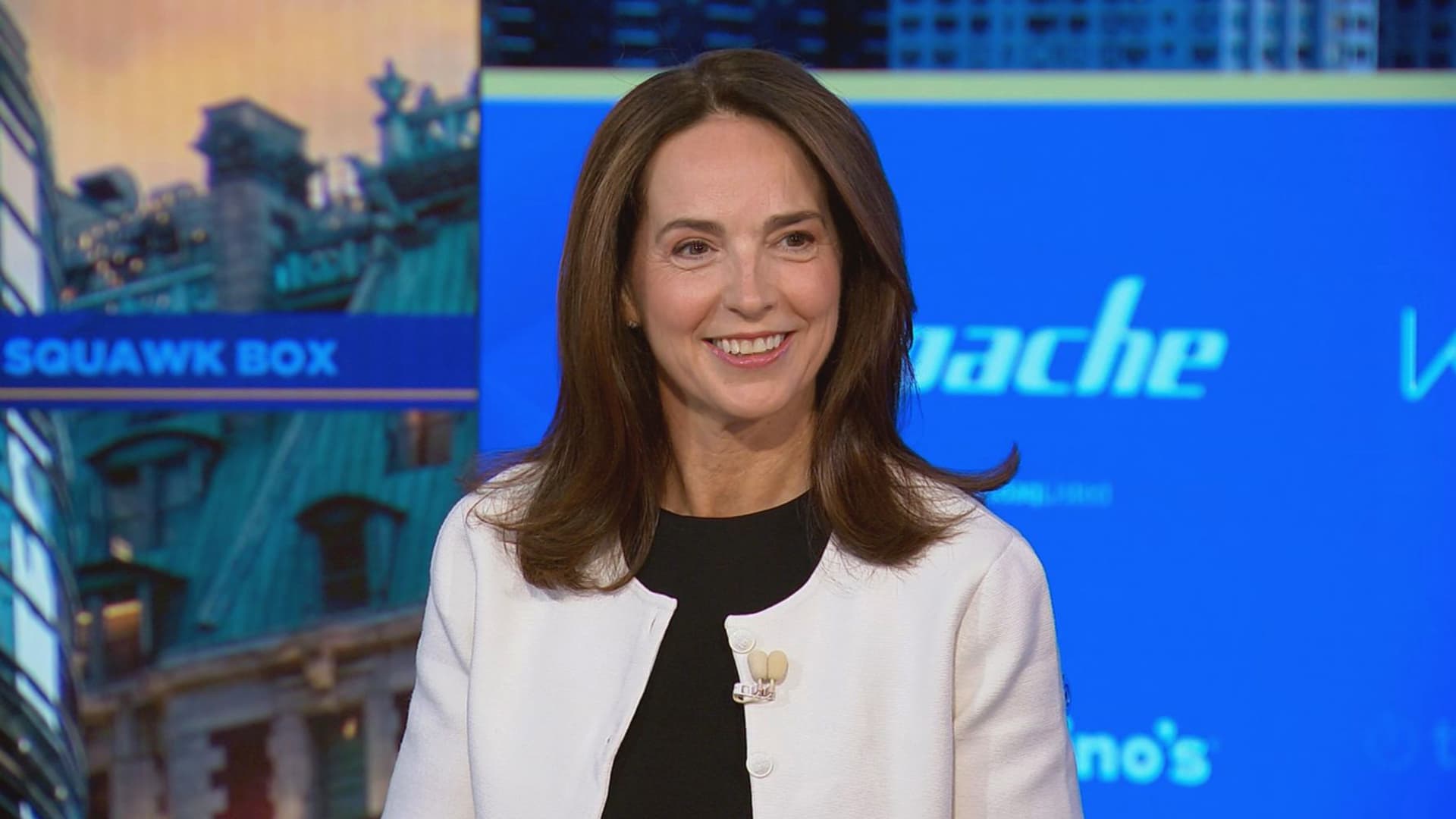
OpenAI CFO Sarah Friar said Wednesday that even as the company hits revenue milestones, it faces ongoing pressures due to the demand for computing power required for artificial intelligence.
“It is voracious right now for GPUs and for compute,” she told CNBC’s “Squawk Box” on Wednesday, adding that insufficient compute, or computing power, to meet the demand of AI is the company’s biggest challenge. “That’s why we launched Stargate. That’s why we’re doing the bigger builds.”
Friar said the growing demand for computing power calls for more partners to diversify risk and increase supply, noting builds with Oracle and Coreweave, but said Microsoft is still very involved.
“Microsoft will be an important partner for years to come, and I think we are very intertwined because of our IP,” Friar said. “Remember, Microsoft AI products are built on OpenAI technology.”
OpenAI has ballooned in size since the launch of ChatGPT in late 2022. This year, the company is expected to triple revenue to $12.7 billion, people familiar with the matter said in March. The company said it recently reached $10 billion in annual recurring revenue.
Friar said Wednesday that OpenAI hit its first $1 billion revenue month in July.
That growth doesn’t seem to be stopping.
CEO Sam Altman said last week that the company expects to spend trillions on data centers to meet demand.
“Our bet is, our demand is going to keep growing, our training needs are going to keep going, and we will spend maybe more aggressively than any company who’s ever spent on anything ahead of progress,” he said.
Earlier this month, CNBC confirmed that the company was in talks to sell about $6 billion in stock at a roughly $500 billion valuation. In March, OpenAI closed a $40 billion funding round at a $300 billion valuation, which was the largest raise by a private tech company on record.
OpenAI is fresh off the launch of ChatGPT-5, its most advanced AI model, which debuted to mixed reviews.
The latest model hiked reasoning workloads eightfold and fueled enthusiasm among enterprise and developer customers. But some users complained about losing access to previous models, which the company quickly restored for paid subscribers.
“When you have 700 million weekly active users, you start to find people are very opinionated,” Friar told CNBC. “As we’ve come out of the gate, we’re actually seeing acceleration in Plus and Pro subscriptions.”






